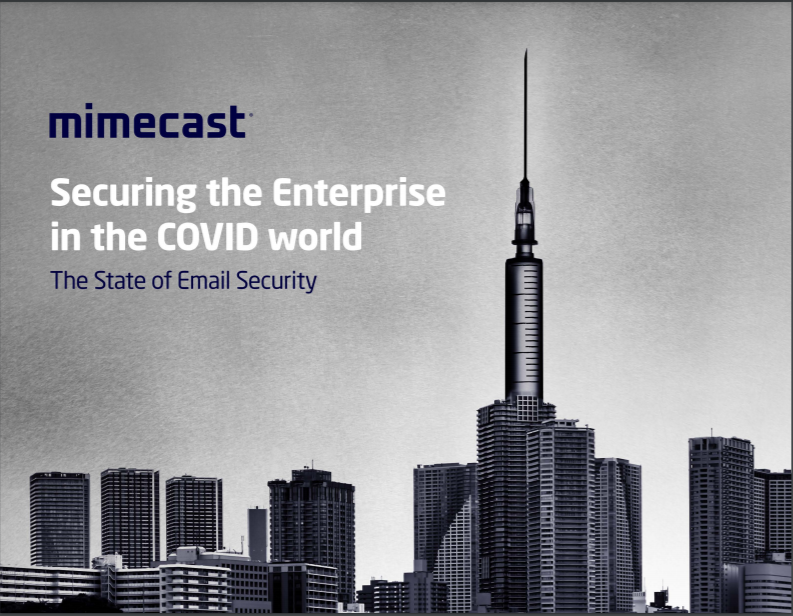Iranian hackers targeting telcos and ISPs using upgraded malware
New report shines a light on Lyceum cyberespionage group


Iranian-backed hackers have been hacking into ISPs and telecoms companies since July this year, according to a new Accenture report.
The group is known as Lyceum, but also goes by Hexane or Spirlin, has operated since 2017 and been linked to malicious campaigns targeting Middle Eastern oil and gas companies.
Between July and October this year, Lyceum carried out attacks on Internet providers and telecommunications organizations in Israel, Morocco, Tunisia, and Saudi Arabia, according to researchers from Accenture’s Cyber Threat Intelligence (ACTI) group and Prevailion’s Adversarial Counterintelligence Team (PACT). In addition, the APT is responsible for a malicious campaign against an unnamed African country’s foreign affairs department.
“Telecommunications companies and ISPs are high-level targets for cyber espionage threat actors because once compromised, they provide access to various organizations and subscribers in addition to internal systems that can be used to leverage malicious behavior even further,” said security researchers.
Lyceum appears to be using two families of malware, Shark and Milan, According to the most recent operation analyzed in a joint report by researchers at Accenture and Prevailion.
Shark backdoor is a 32-bit executable file written in C# and .NET, and it executes commands and exports data from infected systems. Milan is a 32-bit remote access trojan (RAT) that can retrieve data from the compromised system and send it to servers derived from domain-building algorithms (DGAs).
RELATED RESOURCE

2021 state of email security report: Ransomware on the rise
Securing the enterprise in the COVID world
Both backdoors communicate via DNS and HTTPS with the command and control (C2) servers. Shark also uses a DNS tunnel.
Get the ITPro daily newsletter
Sign up today and you will receive a free copy of our Future Focus 2025 report - the leading guidance on AI, cybersecurity and other IT challenges as per 700+ senior executives
Researchers said they also identified beaconing from a reconfigured or a new Lyceum backdoor in late October 2021.
“The observed beacons were seen egressing from a telecommunications company in Tunisia as well as an MFA in Africa,” they said.
Researchers added that the URL syntax of the newly reconfigured backdoor is like those generated in the newer version of Milan. However, because the URL syntax is configurable, the Lyceum operators likely reconfigured the Milan URL syntax to circumvent intrusion detection systems (IDS) and intrusion prevention systems (IPS) encoded to detect the previous Milan beacon syntax.
Researchers said Lyceum is updating its backdoors in light of recent public research into its activities to stay ahead of defensive systems.
“The group has continued its targeting of companies of national strategic importance. Lyceum will likely continue to use the Shark and Milan backdoors, albeit with some modifications, as the group has likely been able to maintain footholds in victims’ networks despite public disclosure of IOCs associated with its operations,” they added.
Rene Millman is a freelance writer and broadcaster who covers cybersecurity, AI, IoT, and the cloud. He also works as a contributing analyst at GigaOm and has previously worked as an analyst for Gartner covering the infrastructure market. He has made numerous television appearances to give his views and expertise on technology trends and companies that affect and shape our lives. You can follow Rene Millman on Twitter.
-
 Asus ZenScreen Fold OLED MQ17QH review
Asus ZenScreen Fold OLED MQ17QH reviewReviews A stunning foldable 17.3in OLED display – but it's too expensive to be anything more than a thrilling tech demo
By Sasha Muller
-
 How the UK MoJ achieved secure networks for prisons and offices with Palo Alto Networks
How the UK MoJ achieved secure networks for prisons and offices with Palo Alto NetworksCase study Adopting zero trust is a necessity when your own users are trying to launch cyber attacks
By Rory Bathgate